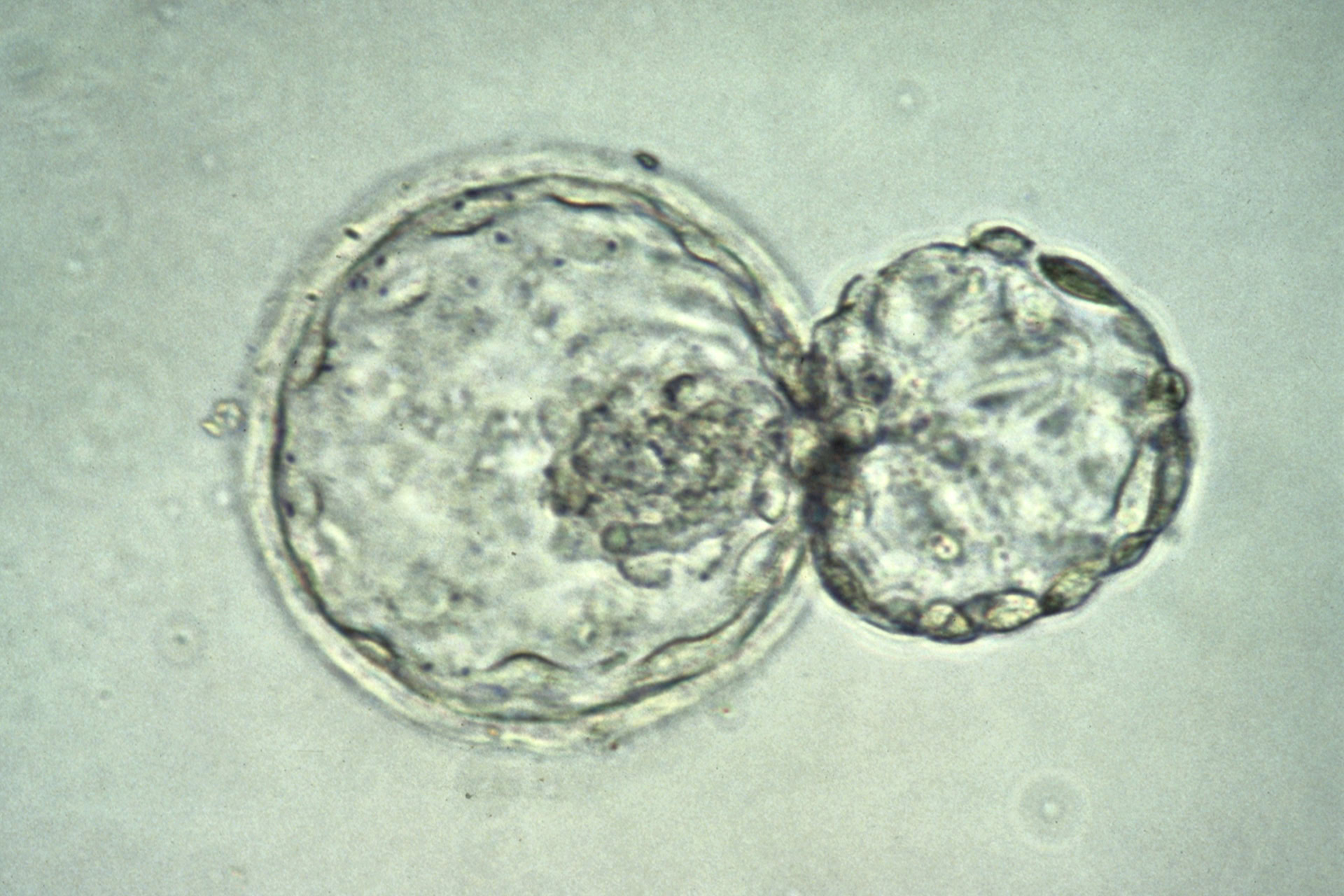Retinal cells derived from human embryonic stem cells (hESC) have been successfully transplanted into four Korean patients with macular degeneration.
The study follows on from similar trials that have been carried out in the US (see BioNews 776). This is the first stem-cell therapy trial to be carried out in Asian patients and provides further evidence that injecting hESC-derived cells into the eye is safe.
Although the primary aim of the study, published in Stem Cell Reports, was to assess the safety of the technique, three of the four patients in the study had improved vision after the treatment. There is concern that stem cell-based therapies may lead to the development of tumours or could be rejected by the body's immune system. But none of the four patients in the study showed any ill effects one year after treatment.
Won Kyung Song of CHA University's Department of Ophthalmology and lead author of the study said: 'This is mainly a safety study, and the goal is to prevent the progress of disease. So we were pleasantly surprised to see an actual improvement in visual acuity in the patients.'
The patients in both trials had either age-related macular degeneration or Stargardt's macular dystrophy, the leading forms of blindness in the developed world, both of which are incurable.
The technique works by converting hESCs into retinal pigment epithelium (RPE) cells. These cells support the photoreceptor cells in the eye that are required for vision. Without RPE cells the photoreceptor cells die, leading to sight loss. The researchers suggested that injecting the new RPE cells might allow any remaining unhealthy photoreceptor cells to recover, restoring vision.
Robert Lanza, chief scientific officer at sponsor company Ocata Therapeutics, said: 'Together with the results here in the US, I think this bodes well for the future of stem cell therapies.'
Dr Jeanne Loring, a stem cell scientist at the Scripps Research Institute in La Jolla, California emphasised caution and said that further studies would need to be carried out to confirm the visual improvement. She told The Scientist: 'I think it's still anecdotal that some people seem to improve.'
If the positive results are replicated in larger trials, the therapy may be the first that uses embryonic-derived stem cells to reach the market.







Leave a Reply
You must be logged in to post a comment.